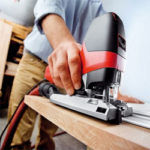Kinds of electric saws and their technical features
Electric jigsaw is a device of regular practical application for each woodworker, and the development and improvement of technology has expanded the scope of its practical use. Now the device can be successfully used when working with other materials, the only thing that should be taken into account is the right choice of saw blade. Electric jigsaw blades are classified according to several of the most significant features, which allows you to initially choose the desired nozzle depending on the features and type of cutting. Let's try to figure out how to choose the right file for your jigsaw, and what kinds of it are.
Content
Classification features
Requirements for the tool are currently very high.Important and performance, and speed, and the accuracy of the cut, and its evenness. In general, all variants of classifications of canvases suitable for a jigsaw can be combined into several groups according to the following features:
- type of shank;
- the material used in the process;
- options of a form of teeths of a file;
- web width;
- tooth pitch;
- web thickness.
Types of files
By type of shank
T-shaped version. This shank is referred to as “Boshevsky”, since it was Bosch that was responsible for the idea of its creation. Focusing on the leader in this area, other manufacturers began to produce jigsaws with the same shank, so now they are ubiquitous.
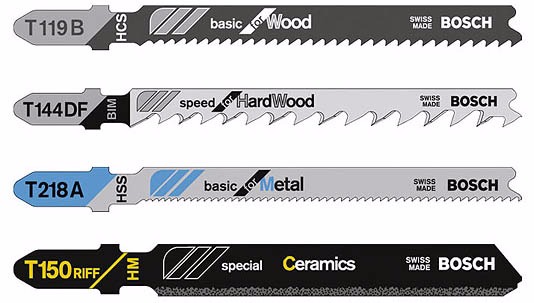
U-shaped shank. The next in frequency of use is the American version, which is suitable for older types of jigsaws. Also compatible with models with screw and shoe clamps.
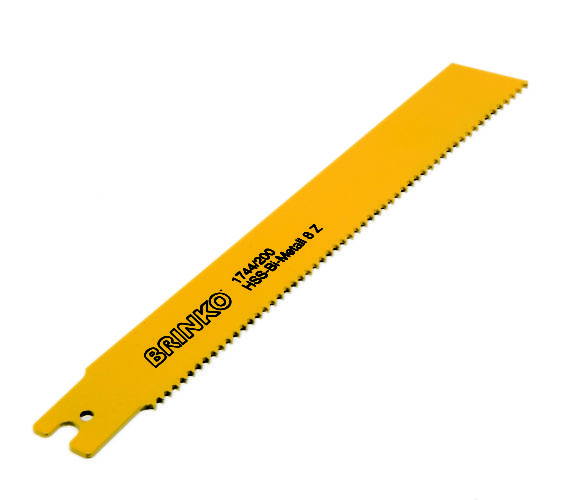
Shanks Makita and Bosch. Rare members of their species, suitable only for the jigsaws of the same manufacturer, and the old sample.
According to the material
Perhaps, this is the main classification feature that most accurately separates all options for electric jigsaw and allows a detailed description of their types and features of operation.
On metal. Such saw blades are often made of special high-speed steel, the cutting segments themselves are small and depend on the degree of hardness of the metal - the harder it is, the finer the tooth. In general, the truth is, the jigsaw is not very suitable for metal - the cutting process usually becomes lengthy. The selected sawing option may be suitable either for aluminum, or for steel, or for non-ferrous metals.
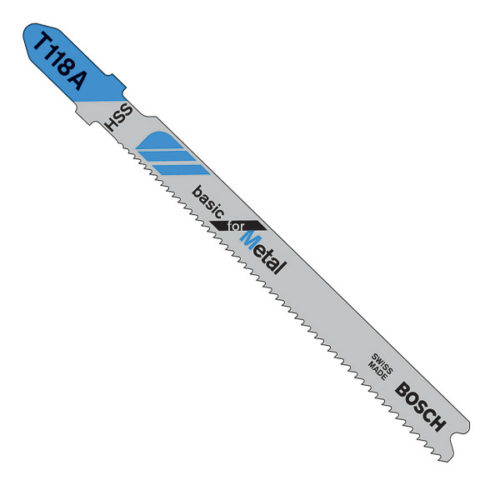
On a tree. Since the creation of the jigsaw, it was the tree that was the only material in its field of application, and so far it has been its classic purpose. Such files are made from steel of chrome-vanadium or high carbon type. At the same time, for rough cutting, where speed and accuracy are more important than speed, wide blades and large teeth are used.
For clean processing of chipboard and fiberboard panels, care is needed rather than increased productivity, so a file for this purpose has teeth up to 3 mm and a small divorce.
There are also special options. with double row of teeth, allowing you to make the cutting of laminated panels as accurately as possible.For figure processing, rather narrow versions of canvases with small teeth and slightly bevelled back part are used.
For laminate. The peculiarity of this canvas is the presence of so-called reverse teeth, which prevent the occurrence of chips on the front part when sawing. The tooth in such a file is small.
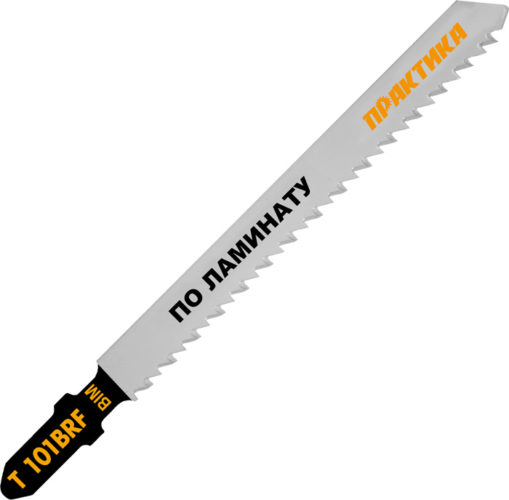
For ceramic tiles. Such models are equipped with a carbide coating on the edges. Such a nozzle is convenient to cut and even figure cut. However, it should be noted that the jigsaw will cut only the wall tile, for the floor it is necessary a grinder or a tile cutter.
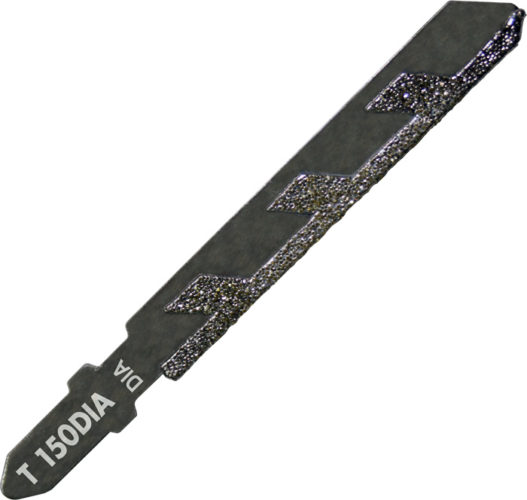
Universal. Equally well with wood and metal due to the fact that the teeth on one side are small, and on the other - large ones. For figure processing and absolutely perfect cut, this blade is not suitable.
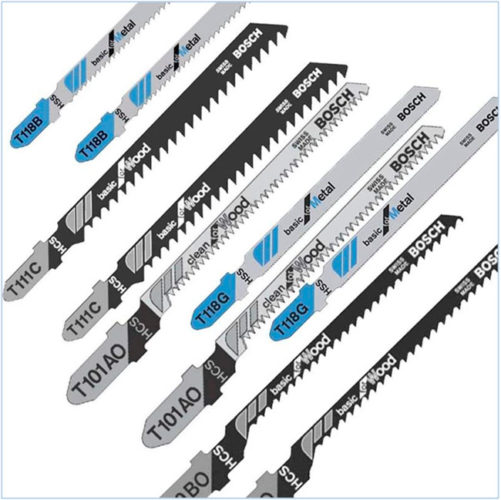
Special. They are divided into groups of products intended for different materials. For ceramic tiles, as already described, suitable options of the most durable alloys with special coating. Choosing a jigsaw for such purposes, please note that the expediency of its use is present only in cases of the necessary figure cutting, for the straight edges there are other, more adapted options.
If the material contains abrasive particles, as in the case of gypsum or cement, the files get blunt very quickly. It is necessary to choose special blades, on the cutting part of which soldered hard alloy are located.
For soft "forms" such as cardboard or rubber, choose Toothless sawswhich rather resemble knives. The edge is cut with a grinding wave.
The shape of the teeth
With divorced milled. In such cases, files, the teeth are bent in different directions in turn. In this case, the normal consider the width of the wiring equal to the 1.5 th thickness of the canvas. Due to the wiring does not occur much heat, and the filings are removed simply and easily. Used for fast cutting not too hard wood, as well as plastic structures and non-ferrous metals.
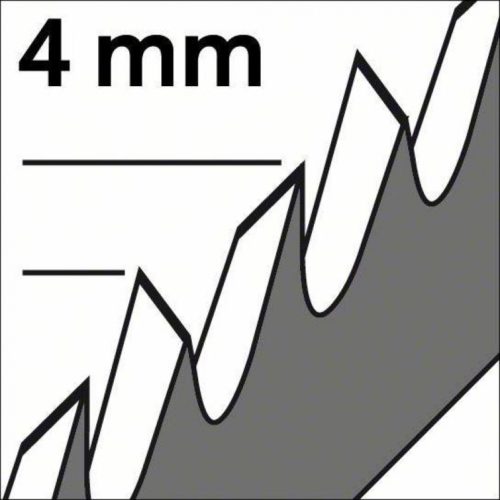
With wavy milled. The layout is performed by groups of teeth that alternate left and right alternately. The magnitude of the deviation of each subsequent differs from the angle of inclination of the previous one, thus, a wave is formed. Such saws are used for clean cutting of plastic and aluminum products and materials from non-ferrous metals.
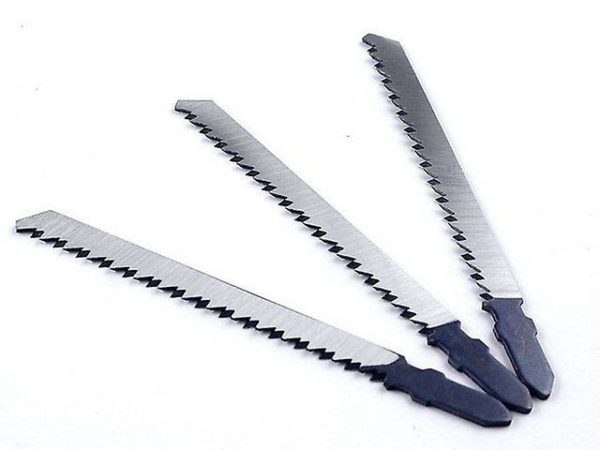
With ground teethgrinding conic.It is used exclusively for fine cuts in the processing of wood and plastic, as well as laminate and polymeric materials.
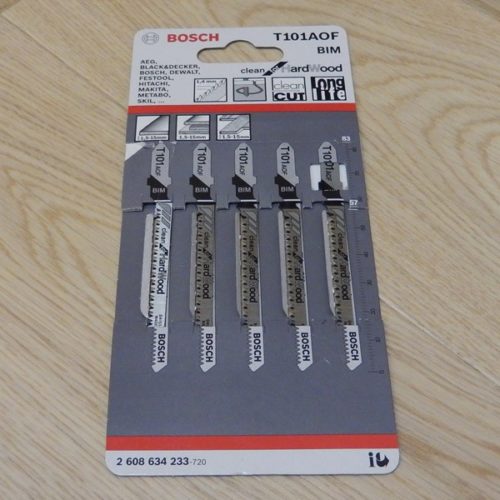
With divorced ground. Used for fast cutting with rough cutting of soft wood, chipboard and fiberboard.
The width of the canvas
This sawing parameter is selected according to the specific requirements for specific work results. Wide blades are more stable, so nothing prevents to cut at high speed, without fear of deviations. If it is necessary to cut a curve with high quality, then narrower variants will do, with their help you can easily overcome turns. At the same time it is necessary that the teeth themselves are located directly on the drive axis - this gives the tool manageability.
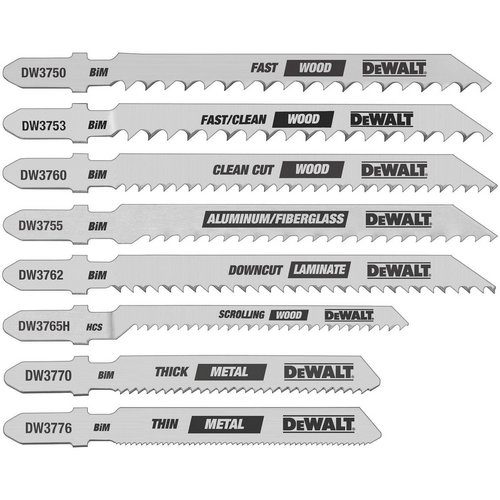
By tooth pitch
Step called the length of the path between the vertices. In most countries, this step designation is taken as the TPI from the English “teeth per inch”, measured by the number of teeth, which is 1 inch. That is, if, for example, the value of TPI is 5, then this means that there are 5 teeth in one inch of the blade.
If the wood needs to be cut transversely, then it is advisable to use files with a TPI of 7-4, with normal work, 9-7 is enough,if necessary, extremely accurate and accurate cutting - 13-10. It is also necessary to take into account the thickness of the original material, 6-8 teeth should participate in the work, otherwise the canvas will begin to vibrate, and the cut will be torn.
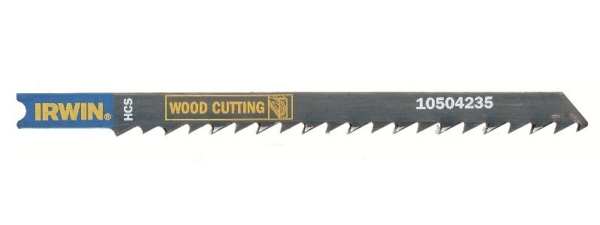
File 6 TPI
The thickness of the canvas
The thickness of the file determines how much it will deviate from the vertical installation. From this point of view, thick saw blades provide the best perpendicular cut. However, they are almost certainly not suitable for jigsaws that have a quick-release version of the mechanism.
Marking of files
Marking files for the jigsaw is especially useful for those who are not sufficiently experienced in carpentry and can not designate the purpose of the nozzle, focusing on its appearance.
Most manufacturers tend to label their products according to the system invented by Bosch.
So, marking is affixed on the tail and contains a combination of letters and numbers.
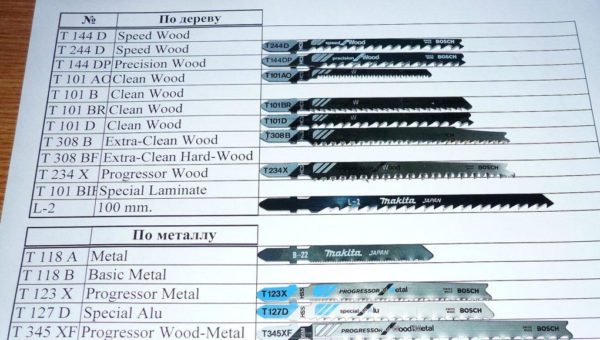
Marking of files
The first letter in the combination indicates the type of shank:
- T-shaped,
- U-shaped,
- M - for Makita jigsaws,
- standard fein.
The following is a figure indicating the length of the canvas:
- 1 is the shortest length, does not exceed 75 mm,
- 2 - average 75-90,
- 3 - long 90-150,
- 7 - the longest files with a length of over 150 mm.
The next letter indicates the size of the teeth:
- A - small teeth,
- B - medium
- C or D - large.
The last letter indicates some additional important information:
- F - working part of a highly durable bimetallic alloy,
- P - exact cut,
- O - narrow back,
- X - progressive tooth pitch,
- R - reverse (reverse) direction of the teeth.
The color of the shank can also say a lot. Gray indicates the purpose of the file for wood materials, blue for metal, and red for plastic structures.
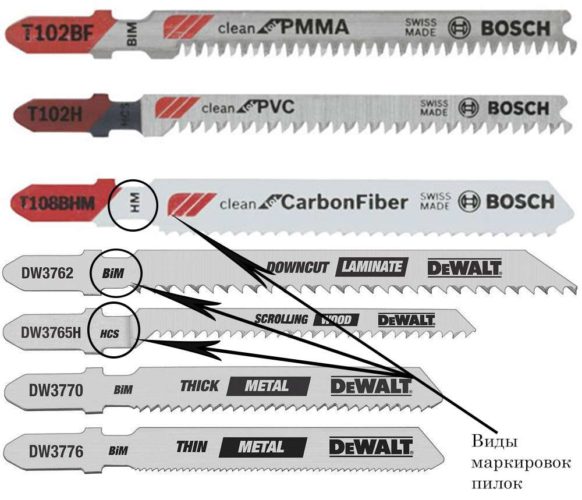
Types of file markings
The type of steel that forms the basis of the web during production is affixed with a special combination of letters on the neck:
- HM - hard alloys
- CV - vanadium steel,
- HSS - high-speed steel,
- HCS (CV) - high carbon steel,
- BM (BiM) is a CV and HSS connection, very strong and durable.
Often on file letter designationsdirectly reflecting the essence of its purpose. For those who are at least a little familiar with the English language, deciphering these letter combinations will not be difficult.
- Wood refers to working with soft wood and other soft materials.
- "Hardwood" - solid wood, PVC panels.
- "Inox" - works with stainless steel.
- Metall is a metal.
- "Alu" - aluminum.
- Fiber, Plaster - fiberglass.
- Soft-material - rubber, carpet.
- Acrylic - polycarbonate.
Conclusion
Now you are familiar with the main types of canvases, and you can easily answer the question of how to choose the right file for your jigsaw. Given the specificity of the device of each product, you can choose a truly suitable version of the file, which will last a long time and will not spoil your original idea. For those who practice carpentry often, it makes sense to acquire a variety of options for files and use them strictly for the purpose. If you take out a jigsaw a couple of times a year, then it is better to have on hand universal models for urgent and rough work, and you should entrust accurate and figured cutting to professionals. Successful purchases to you!

/rating_on.png)
/rating_off.png)






